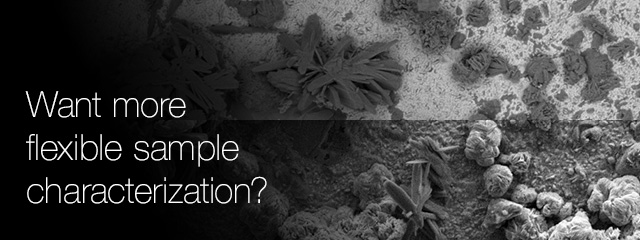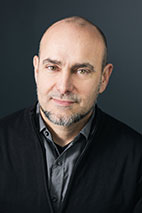
We are proud to present the Thermo Scientific™ Q250 Analytical SEM, combining the most complete tungsten SEM with a powerful EDS detector for elemental analysis.
Addressing the need to both investigate a wide variety of materials and to characterize structure and composition, the Q250 SEM provides the flexibility and versatility to handle the challenges of today’s wide-ranging research needs. View any sample and collect all the data; surface and compositional images are combined with elemental information from the Thermo Scientific™ UltraDry™ EDS Detector.
Today’s research extends beyond simple metals and coated samples. The Q250 SEM produces top-quality images and analysis, from traditional samples such as metals, fractures, and polished sections to non-conductive soft materials. The Q250 SEM is the advanced, flexible solution for current and future research applications. Featuring three imaging modes— high vacuum, low vacuum and ESEM™ mode, it accommodates the widest range of samples of any SEM system.
Sample characterization becomes complete with fast and accurate elemental analysis provided by the UltraDry EDS Detector and Pathfinder Software.
The Q250 SEM has an easy-to-use and flexible user interface with functions to maximize productivity and allow all the data to be collected. Navigation features include auto navigation montage, double-click stage-movements, drag-to-zoom, and other useful features incorporated as standard. SmartSCAN™ technology is an intelligent scanning strategy to reduce noise and provide better data.
Better data. More flexibility. Higher efficiency. The Q250 SEM delivers more value for your investment.

Daniel Phifer,
Product Marketing Engineer SEM/SDB
Thermo Fisher Scientific
Daniel Phifer is a Product Marketing Engineer at Thermo Fisher Scientific in Eindhoven, the Netherlands. Daniel supports ESEM, SEM, and DualBeam applications for materials science. He has experience using and demoing the instruments in addition to training microscopists. Daniel currently provides technical support on SEM, ESEM, and DualBeam configurations and techniques. He has worked almost 17 years at FEI Company in several positions, gaining insight on materials from metals, minerals, semiconductor devices, forensics, polymers, and composites that are either conductive or non-conductive, beam sensitive, and sometimes reactive.
Before Thermo Fisher, Daniel was employed for approximately 10 years at the Oak Ridge National Lab complex near Knoxville, Tennessee, USA, where he worked directly with top materials scientists, including David Joy, Larry Allard, and Karen Moore. At the Oak Ridge sites, Daniel worked on diverse topics such as soil and air environmental assessment, storage and disposal for nuclear material, and dynamic (heating/cooling/tensile) applications in the early days of Environmental SEM. Daniel has an M.S. from the University of Tennessee and a B.A. from Auburn University.